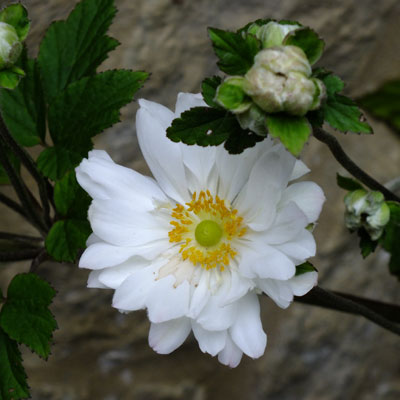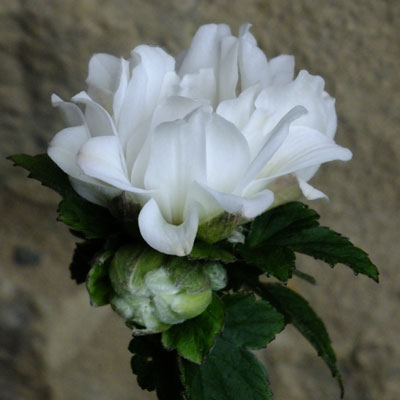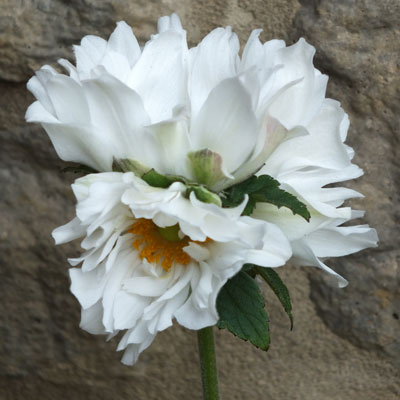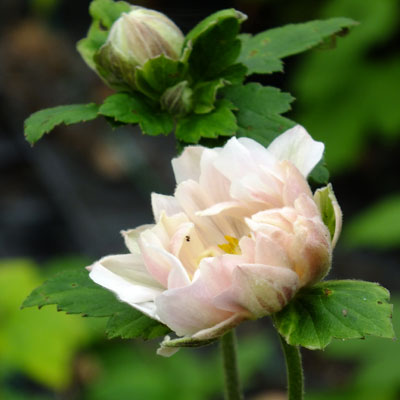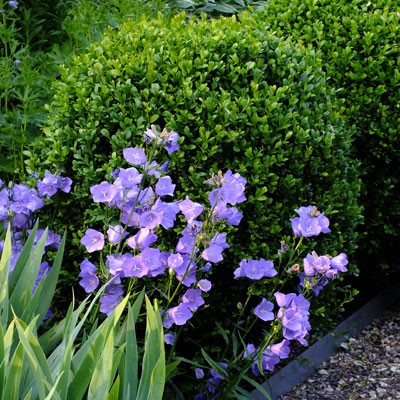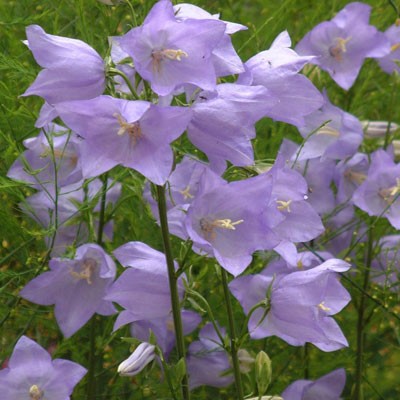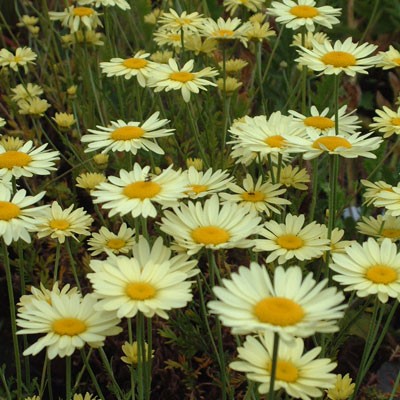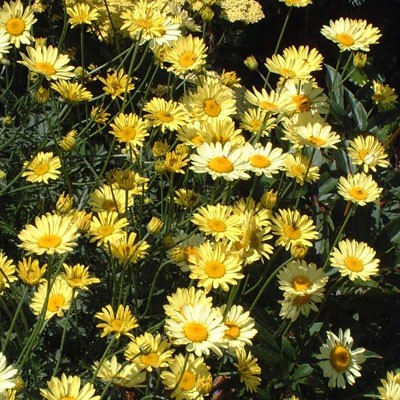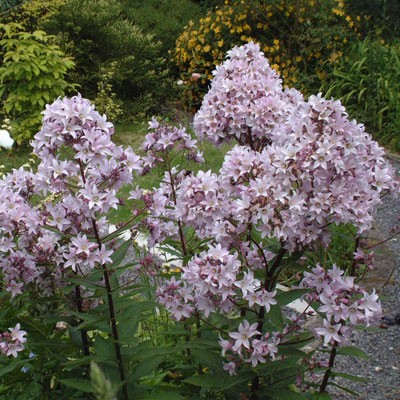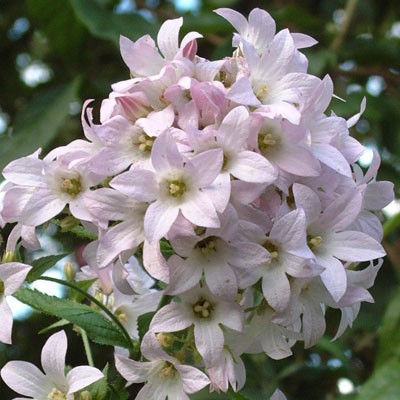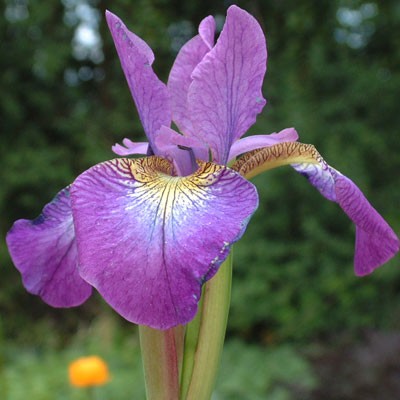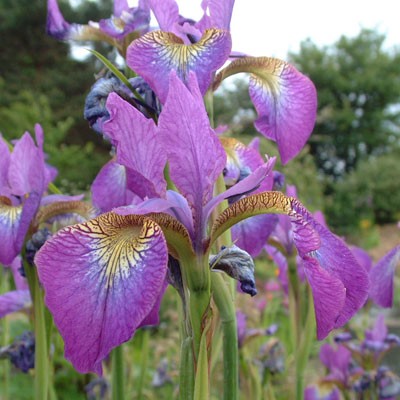Description
Anemone x hybrida ‘Whirlwind’ (‘Whirbelwind’)
This variety has a kinship with A. ‘Honorine Jobert’ and A. ‘Andrea Atkinson’, but instead of the flower being composed of a few broad petals, each flower is made up of up to 25 narrower overlapping petals. Despite being semi-double, the rich golden yellow ring of stamens remains along with the spherical green central style. The reverse of the outer petals is stained pink, a colour which just shows through as a flush to the centre on the inside. The fullness of petals gives the buds a distinctive fullness as does the heavy ruff of leafy bracts behind them. It is also common for a flowering stem to carry several flowers closely packed at the end. The main flower tends to face upwards, with the subsidiary flowers forced to look out. A tall verity at 90cm plus.
Japanese Anemones
Under the loose title of Japanese anemones you can find several different species All late flowering and from the far East. They variously include varieties of A.hupehensis, A.vitifolia, A.tomentosa and A.x hybrida. Specifically Japanese Anemones are forms of the hybrid; Anemone x hybrida, sometimes sold under the incorrect name of Anemone japonica. It is the result of the cross between Anemone hupehensis var.japonica and Anemone vitifolia. It is a delight of the Autumn garden, producing stalwart colour right at the end of the season. E.A.Bowles was a fan and said that he could rely on A. ‘Honorine Jobert’ to produce colour for nearly three months of the year.
The lovely wide open saucers of the Japanese Anemones, with their button centres and ring of bright yellow stamens, last well in the garden. As a bonus, they also cut very well for decorating the house. In the past, the purity of the white varieties has been noticed by card manufacturers. They sometimes cheekily substitute the blooms for Christmas Roses on their cards when photographic schedules preclude finding the real thing.
The Japanese Anemones will grow in a wide variety of situations from sun (with moisture) to quite heavy shade and also in a wide range of soil types. They will produce their strongest growth and best display on a sticky and slightly limey soil. In a sandy soil they will run the most. For preference they like a cool soil, well cultivated and with plenty of organic matter. Anemone hupehensis will grow in sunnier, drier conditions where it will flower earlier, but with smaller flowers of poorer quality. It was first introduced by Robert Fortune in 1844.
Naming
Anemones are called the Windflowers, with the genus name deriving from the Greek ‘anemos’ = wind, a name that goes back to the Ancient Greeks.

















































